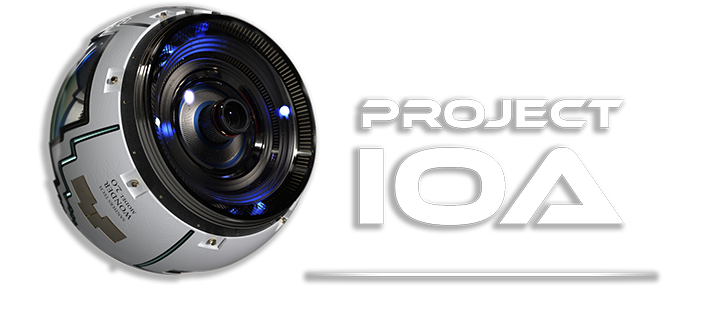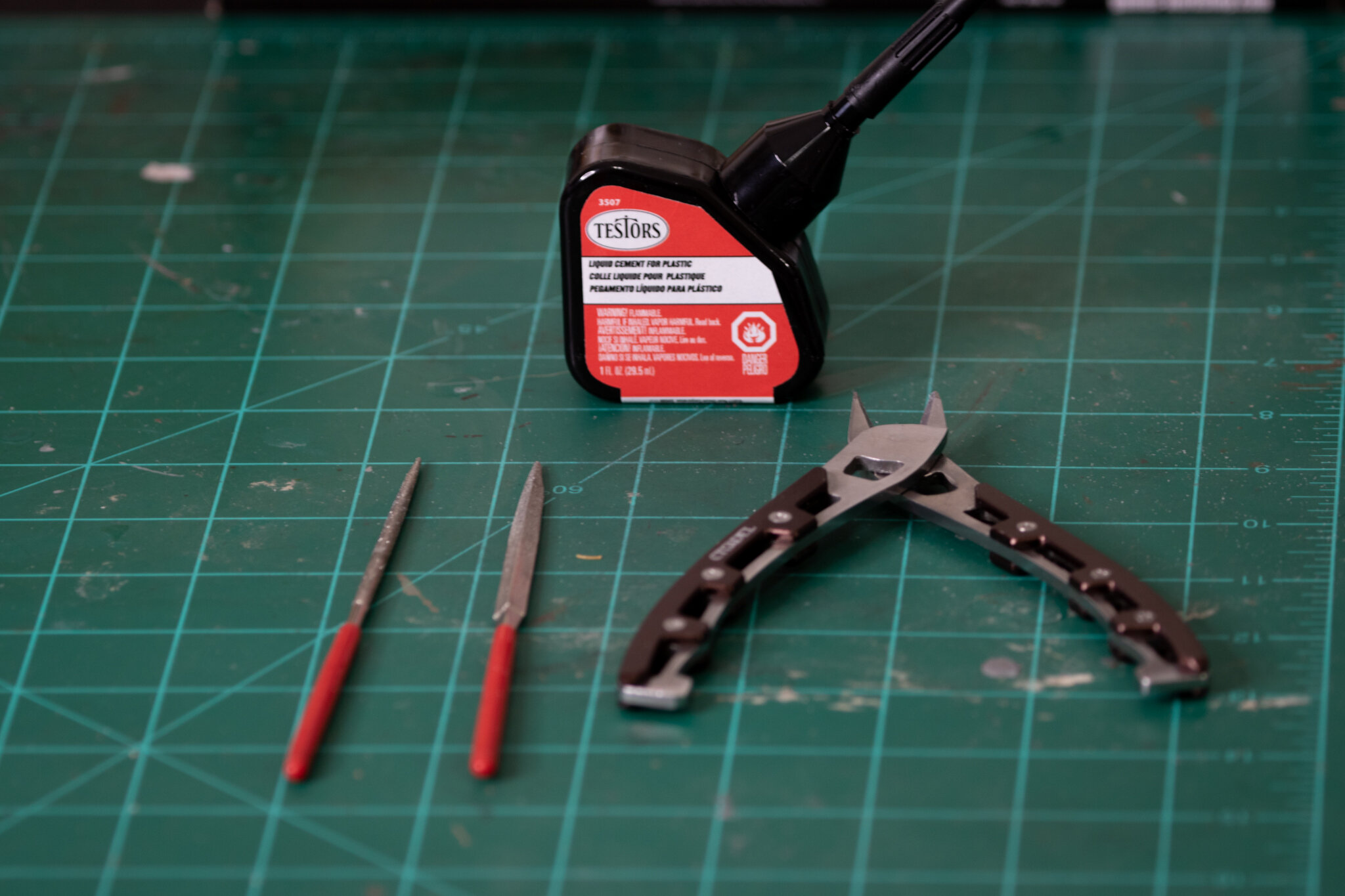Easterling Kataphrakt Build I
Easterling Kataphrakts from Games Workshop’s The Lord of the Rings series
Easterlings in Tolkien’s World
There are no shortage of factions aligned with the evil forces of Sauron in J.R.R. Tolkien’s classic fantasy, The Lord of the Rings. While typically the villainous minions in Middle-Earth are considered the grotesque Orcs and Uruk-hai, Tolkien emphasized that there were also humans who fought under the banner of Mordor. Among these, were the men of the East - aptly referred to as Easterlings. These soldiers come from the mysterious lands of Rhún. While Tolkien did not elaborate much on their origins or culture, he did specify that this collection of kingdoms was the chief antagonist to the realm of Gondor, the stronghold of “free men.” In the appendices, Aragorn, having been crowned King of Gondor, continued his war with the Easterlings even after the defeat of Sauron.
In Peter Jackson’s adaptation, the Easterlings appear as heavily armored infantry marching into the Black Gate of Mordor in the second film, The Two Towers. Their imposing mix of spiked scaled armor, thick shields, and war chant give the impression of well-disciplined soldiers. While their appearance fuses Persian and Samurai aesthetic, their demeanor feels reminiscent of a Spartan warrior caste. Unfortunately, they only make very sparse appearances in the background of the film trilogy, despite having a prominent role in the battles in the books.
Games Workshop Figures
I’ve never played any tabletop games, and my modeling experience is almost exclusively related to military subject matter, specifically tanks and armor. So why the fantasy build?
The Covid-19 Pandemic aside, tabletop gaming is a hidden bastion of veteran artists. Admittedly, it was not a community I was very familiar with - I did not spent much time in comic stores or playing board games more in-depth than Pictionary. Recently, however, I was introduced by a friend of mine, a veteran who loves tabletop gaming, to the deep wealth of models and art within the niche interest. In many ways, the somewhat isolated and specific interests have resulted in levels of passion that is hard to find. It’s a breath of fresh air. Though they don’t seem to consider themselves artists, the gamers put extensive effort in building, customizing, and painting their miniatures with a keen eye for detail.
Sounds a lot like art to me.
If you don’t build models, these are the absolute basic tools you should have. There are seemingly endless brand options, but I typically use Testors glue for general purpose because it’s easily attainable. I have several other modeling glues that tend to be more specialized. Besides that, you need sprue cutters and files or sandpaper.
The kit included two sets of identical sprues of injection-molded plastic for assembling the models. I used specialized metal snips from from Games Workshop to remove the pieces.
Once the piece was removed, I’ve give it a quick sanding at the point where the connections were cut. I then applied a thin coat of Testors glue.
The pieces for the horses are keyed so they align quickly and easily, which was honestly great. Most military models are highly complex and don’t have nearly as painless construction. A little pressure for about thirty seconds and it was ready to go.
Once joined, I used diamond-coated files to even out any issues or remaining flash from the molding process.
There were some areas that completely lacked detail. Using a pin vice, I drilled out small holes and refined the shape with a file to create the impression of horseshoes.
Initial Impressions
So far, I’m impressed by the detail level for being injection molded plastic. My understanding is that these are using the same molds that Games Workshop used when they launched their Lord of the Rings series. So, I’m all the more impressed with the models given that they’re from 2003 or 2004. While 3D printing and increasing mold-making techniques are allowing contemporary miniatures to reach a high fidelity of detail, these older kits still hold up. I’m looking forward to continuing this build.
Perhaps one of the things I enjoy the most about this subject matter is how low-stakes it is. Unlike my military models which get scrutinized by buffs for accuracy, or my graduate school work which is focused on heavy subject matter, these fantasy models are just fun. Art for art’s sake.








